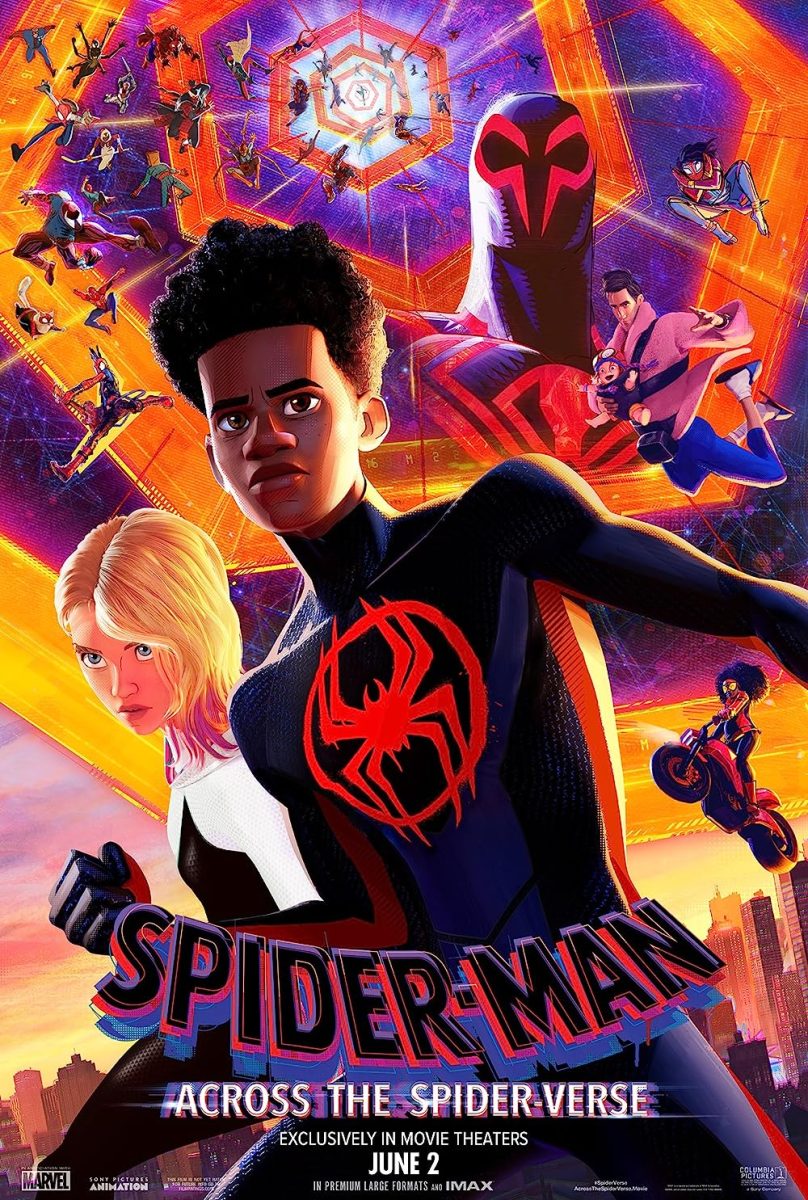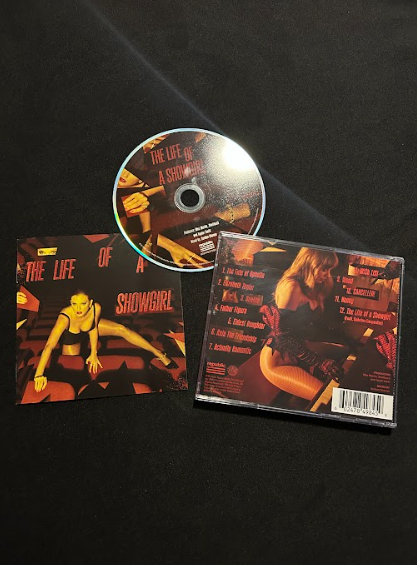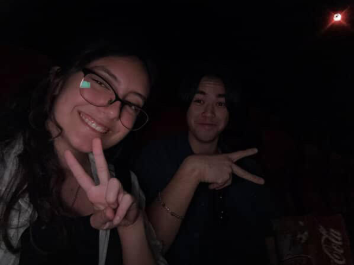“Spider-Man: Across the Spider-Verse” is the best sequel to an animated film I have ever seen. The movie charmed a large and diverse audience, uniting both children and adults alike through a single age-defying fandom: Spider-Man. It’s no wonder the movie has become so well loved. The cinematography is not only visually spectacular, as each frame captures meticulous detail, but also features a diverse and well written cast of characters who represent many different backgrounds and personalities.
Released on June 2nd, the motion picture has gross earnings of more than $400 million dollars worldwide. It ranks among the top earners of 2023, debuting as the second highest earning film and surpassed only by “The Super Mario Bros. Movie.”
The plot follows Miles Morales and Gwen Stacy, two teenagers from different universes with the same powers as Spider-Man, including primarily superhuman strength, agility, and web shooting.
The pair unite alongside a community of “spider people” from other alternate universes, all of whom share the same abilities as them, in order to defeat a powerful common enemy: “The Spot”, who poses a threat to all of their realities.
This sequel serves as an extension of the original movie, “Spider-Man: Into the Spider-Verse,” building off the original cast with the addition of several new characters, redesigns, and other similar tweaks.
The new Spider-Man variations include “Spider-Ham,” a cartoonish, clever anthropomorphic pig version of Spider-Man, and—my personal favorite alternate Spider-Man—“Spider-Punk,” a teenage Spider-Man with a rebellious attitude and love for rock and roll. With so many Spider-Man variants, there is a Spider-Man variant who appeals to everyone’s own unique tastes.
As the second movie in the “Spider-Verse” series, it is clear that everyone who worked on this film truly loves the franchise and are fans themselves, evidenced by its masterful writing and truly breathtaking visuals. For example, the movie uses watercolors, different art styles, and different frames per second all to set different tones for each character.
The characters and their struggles feel extremely realistic, with scenes that left me on the edge of my seat, holding back tears, laughing hysterically, or a combination of these. My favorite moment was when the Indian-origin Spider-Man, Pavitr Prabhakar, scolds Miles for saying he loves “chai tea,” since it’s as if he is saying he loves “tea tea.”
The film touches on issues unique to a teenage experience. Miles Morales and Gwen Stacy must not only grapple with the responsibilities that come with their superpowers, but also their family lives and adolescence. I found that it helped me to better understand and overcome some of my own problems as a teenager.
The graphic designers went to great lengths in order to ensure the audience could truly soak in every emotion the characters were feeling. Depending on which of the main characters were the main focus of a scene, various aesthetic colors and graphics were incorporated; I found this to be a beautiful touch.
The main story aside, the many subplots and over 150 Spider-Man variants add extra dimensions to the movie… both metaphorically and literally. Though the Spider-Man variants are labeled one note by many critics, with characters such as “Spider–Man noir”, who is–as his name implies– a “super secret agent,” they are very charming, diversifying both the universe and story.
Being a long time Spider-Man fan, “Spider-Man: Across The Spider-Verse” is truly a cinema experience that is unlike any other. I would go as far to say that it surpasses even its own predecessor, “Spider-Man: Into the Spider-Verse,” which is a hard feat for most sequels.
I strongly recommend the movie to anyone. Regardless of their age and love or lack thereof for the Spider-Man series, “Spider-Man: Across the Spider-Verse” is an excellent film that anybody can enjoy.








